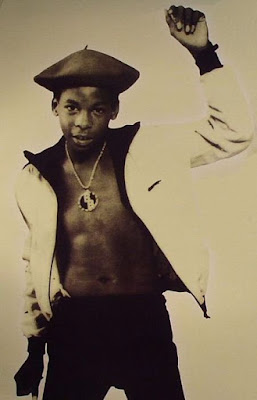Monks who lived in the interior of the country and had no
access to fresh fish, convinced the clergy that frogs were in the fish family
and therefore were not meat.
Seeing that all was well in the culinary
department and the clergy accepted frogs as fish, peasants copied the monks and
a new culinary tradition was born in France. This is probably the origin of the
name given to the French people ("mangeurs de grenouilles", or "frog eaters").
According to Wiki, Queen Elisabeth I, called her beloved
Francis Duke of Anjou, her little frog, because he was French.
But recently (2014) archaeologists discovered fragments of an
8,000-year-old charred toad leg one mile away from Stonehenge in Wiltshire,
hinting that the English were feasting on frogs’ legs 8,000 years before the
French.
The remains which were found alongside fish bones at the site are the
earliest evidence of a cooked toad or frog anywhere in the world, scientists
say.






















































